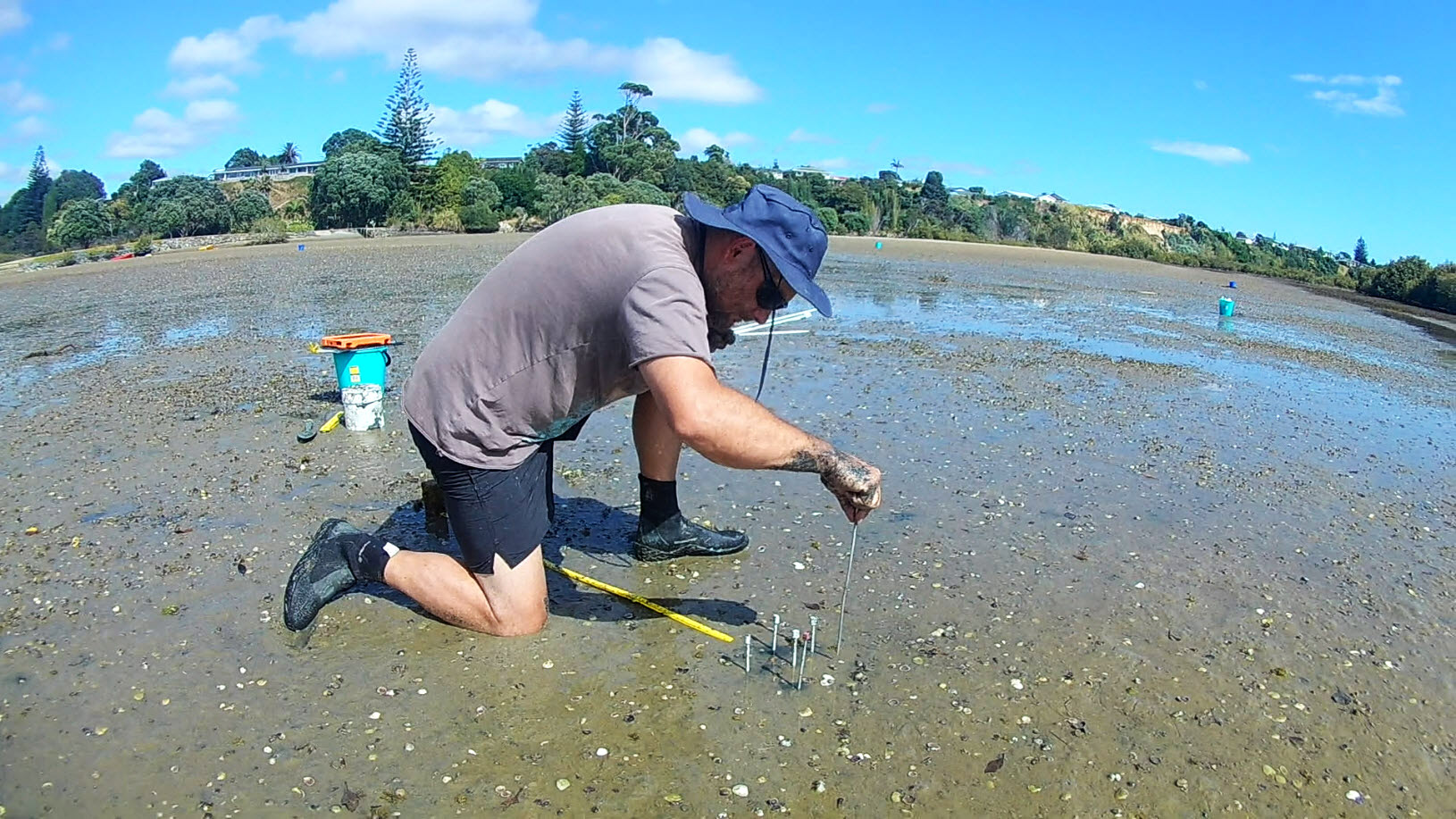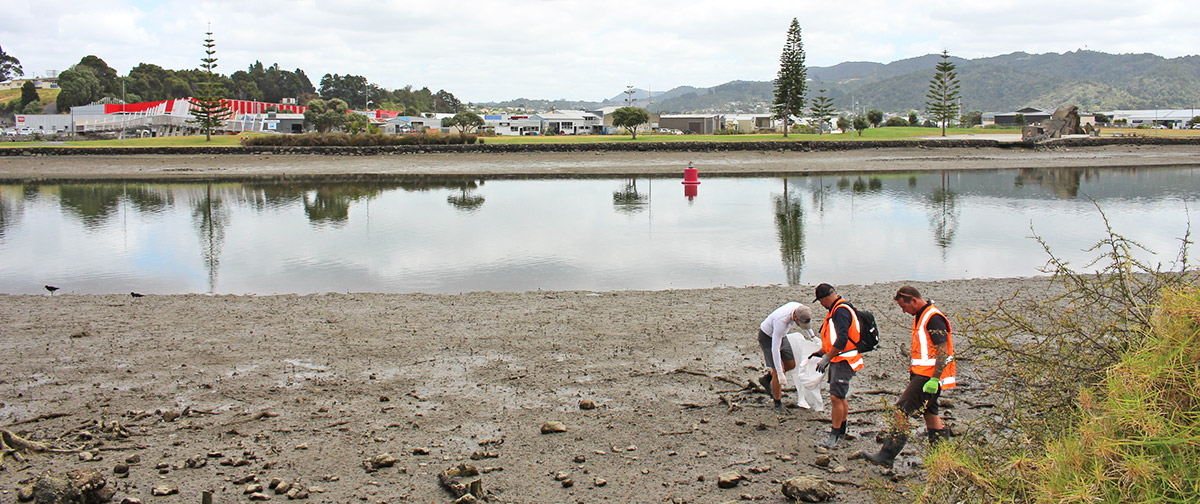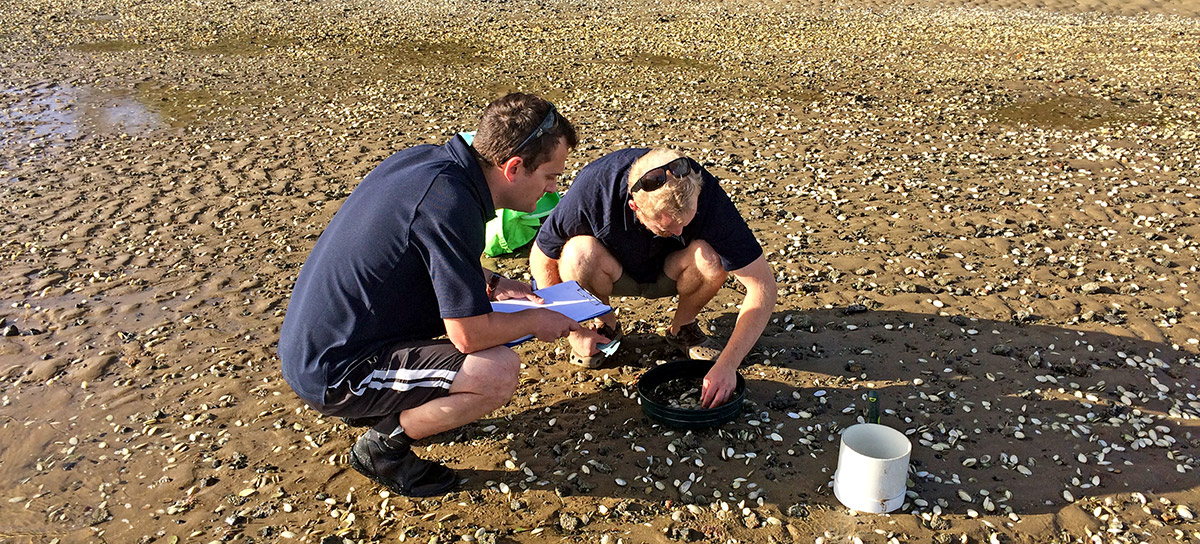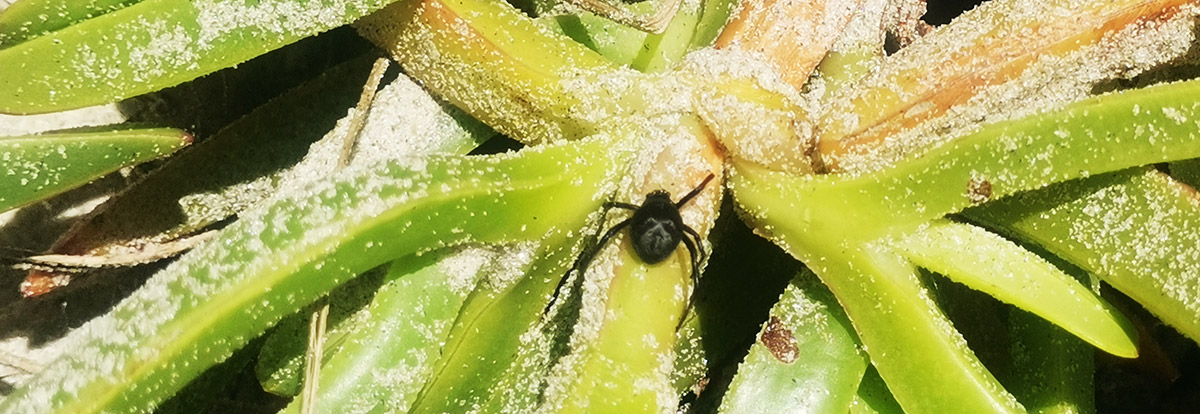Coastal State of the Environment monitoring
NRC has six main State of the Environment monitoring programmes around Te Taitokerau’s coast:
Coastal water quality
Maintaining good coastal water quality is essential to supporting healthy marine ecosystems, and human activities such as recreation, tourism, aquaculture and fisheries.
To assess the quality of our coastal water, and track changes in water quality over time, we carry out routine State of the Environment monitoring across the region.
We currently monitor water quality at 46 sites in the Whangārei Harbour, Bay of Islands, Kaipara Harbour, Hokianga Harbour, Mangawhai Harbour, Waipū Estuary, Ruakākā Estuary and Doubtless Bay.
We monitor chemical and physical parameters of water quality, such as micro-bacteria, nutrients and water clarity.
Visit our Environmental Data Hub and click on the ‘Coastal’ icon to check out the data and see all the sites we monitor.
Watch | Kaipara water quality testing
Micro-bacteria
Micro-bacteria such as enterococci and faecal coliforms are indicators of faecal contamination.
Faecal contamination affects the suitability of water for swimming and shellfish consumption. Northland is renowned for its warm climate and beautiful beaches, so it’s important our coastal water – and particularly our open-coast beaches – are safe for swimming. This helps support the wellbeing of our community and our tourism industry.
Collecting shellfish is also an important cultural tradition in Northland, and the coastline is an important community source of high-quality kai. Our coastal environment also supports marine farming for mussels and oysters, and a commercial scallop fishery.
Sources of micro-bacteria include discharges or overflows from municipal wastewater treatment plants, failing domestic wastewater treatment systems, run-off from agricultural land, and dairy-farm effluent discharges. In some locations, birds and wildfowl can also cause high levels of micro-bacteria.
Nutrients
While nutrients are essential for all forms of life, nutrients that enter the environment from human sources (such as fertiliser, stormwater, treated wastewater, sewage overflows and failing septic systems) may exceed the needs of an ecosystem.
Too many nutrients in the water can cause excessive plant growth, which leads to algal blooms. These blooms can cause lower levels of water clarity and sometimes lower levels of dissolved oxygen. Toxic algal blooms and excessive plant growth due to nutrient supply (eutrophication) can reduce the capacity of the water to support life.
Toxic algal blooms pose a significant human health risk, through contact with water and eating contaminated shellfish. Excessive plant growth can also look unattractive, and can cause an unpleasant odour when it dies and decays.
Water clarity
Clear water is vital for the health of marine ecosystems, and it’s also important to Northlanders from a social and cultural perspective.
Water clarity can decline when phytoplankton grows and human activities increase levels of suspended solids entering the coastal environment. High levels of material in the water column can restrict light levels, which affects how much photosynthesis aquatic plants can carry out. This affects other species that depend on them, such as fish and shellfish.
Seaweeds and seagrass typically require more light for photosynthesis than phytoplankton. Because they’re attached to the seabed, they are particularly susceptible to reduced light levels caused by suspended sediments. Suspended sediments can also clog fish gills and reduce the ability of fish to see prey and detect predators.
Coastal sediment quality
We monitor metal and nutrient concentrations in sediments at 63 sites in the Bay of Islands, Hokianga Harbour, Whangārei Harbour, Waipū Estuary, Ruakākā Estuary, Mangawhai Harbour and Doubtless Bay. We monitor these sites every two years.
Why? To assess how contaminated and nutrient-laden the sediment is, identify environmental issues and track changes in sediment quality over time. We use this information to assess the effectiveness of Regional Plans, and help inform policy initiatives and strategies.
See the explanation under Coastal water quality (above) on why we need to keep monitoring nutrients.
Visit our Environmental Data Hub and click on the ‘Coastal’ icon to check out the data and see all the sites we monitor.
Metal contaminants
Heavy metals can have lethal or highly damaging effects on marine plants and animals. In a contaminated environment, species diversity and richness may decrease as the community becomes dominated by a smaller number of more tolerant species, which can survive and reproduce in these conditions.
Typically, metal contaminants aren’t subject to bacterial attack or other ways of breaking down, so they sit permanently in the marine environment. Although plants and animals can usually regulate some metal contaminants, metals that cannot be excreted remain within the organisms and accumulate over time, which can interfere with biological processes.
The contaminants can also move progressively up the food chain as organisms are consumed, and this may ultimately pose a risk to human health.

Sediment sampling.
Estuary monitoring
Our estuary monitoring programme assesses the ecological health of nine sites in Whangārei Harbour, Kerikeri Inlet and Ruakākā Estuary.
The monitoring programme assesses the health of key intertidal sites and provide baseline data, which can be used to track changes in the health of these sites over time. The programme involves sampling ecological communities, nutrient and metal concentrations, and the physical properties of the sediment. This enables us to relate patterns in the ecological communities to the sediment properties.
- See the explanation under Coastal water quality (above) on why we need to keep monitoring nutrients.
- See the explanation under Coastal sediment quality (above) on why we need to keep monitoring metal contaminants.
Ecological communities
A key component of this programme involves sampling the marine invertebrates that live on intertidal sand and mud flats. The abundance, diversity and the species composition of these communities can be used as indicators of environmental health and changes to environmental conditions.
Marine invertebrates in our estuaries include well-known species such as cockles, pipis, crabs and whelks, but also smaller and less-familiar animals such as marine worms. These animals are important food sources for larger animals, such as snapper and other fish, birds and humans.
These animals also play important roles in how coastal ecosystems function. Suspension-feeding invertebrates can improve water clarity, as these animals filter suspended particles from the water column; marine worms that build burrows can help to oxygenate the sediment.
Marine invertebrates are useful environmental indicators because they are usually relatively immobile – unlike larger animals such as fish, they can't swim away or avoid a disturbance. This means the animals at a particular site have integrated the environmental conditions there over time. There is a wide range of species that differ in their responses to environmental conditions.
Ecological communities can change in response to shifting environmental conditions, including nutrient enrichment, metal contamination and changes to the physical composition of the sediment.
Physical sediment properties
The physical properties of the sediment can also influence biological community. Some animals, such as cockles and pipis, prefer to live in sandy sediments, while other animals (such as marine worms) can live in mud-dominated habitats.
Marine plastic and litter
Plastic is one of the biggest pollutants of our oceans. It can have damaging, even lethal, effects on animals that ingest it or get entangled in it. When marine animals ingest plastic debris, these items can also get into the food chain and may ultimately pose a threat to human health. Plastic affects the natural beauty of our coast, and how we can enjoy it.
The main sources of plastic and litter in the ocean are land-based activities. Plastic enters the marine environment from stormwater runoff, wastewater overflows, littering, industrial activities, construction and illegal dumping. Plastic also comes from marine sources such as fishing nets, ropes, lines, abandoned vessels, marine farms (aquaculture), and even coastal structures.
Unfortunately, once in the ocean, plastic takes a very long time to break down – so it’s essentially a permanent addition to the environment. Over time, plastic breaks down into smaller and smaller pieces called microplastics, which are mistaken for food by marine animals and birds.
To find out more about the scale of the problem, and whether it’s getting better or worse, council began monitoring plastic and litter in the Hātea River in Whangarei, and at some of our popular recreational swimming beaches.
We have also collaborated with NorthTec, Whitebait Connection, Whangarei District Council, Far North District Council, Kaipara District Council and Northland District Health Board to estimate how much plastic and litter is reaching our rivers and estuaries each year.
We’re doing this by monitoring plastic entering our stormwater system with Litta Traps.

Litter monitoring, Hātea River Whangārei.
Shellfish monitoring
Given the importance of healthy kai moana stocks to our communities, we’ve begun working with local schools and hapū to monitor shellfish abundance at important collection sites. Shellfish are also important food for shorebirds and fish, including snapper, parore, flounder (pātiki), and the southern eagle ray.
We currently monitor the abundance of cockles (tuangi) and pipi (kōkota) at Taipā, Houhora, Hokianga, and Kelly’s Bay in the Kaipara Harbour. Samples are collected by pushing a core into the sand to a depth of 15cm. All shellfish are counted and photographed, and the images are later analysed using a software package, so the length of all shellfish is calculated.
By measuring the abundance of the shellfish and their sizes, we can understand how healthy the beds are and how many adult and juvenile shellfish are present.

Cockle survey.
Dune monitoring
Sand dunes are an important natural defence against coastal hazards such as storms and tsunami. They’re also an important habitat for native species, including several threatened plants and animals. Our remaining dunes are very vulnerable to damage from invasive weeds, coastal inundation, and human activities such as driving in the dunes.
Since 2015, NRC has been part of the Coastal Restoration Trust’s nationwide coastal dune monitoring programme, which involves surveying dune vegetation and morphology (shape).
We’ve also carried out a pilot study at Bream Bay, in collaboration with Patuharakeke Te Iwi Trust Board and Northtec, to monitor animals, insects and invertebrates (such as the rare native katipō spider) that live in the dunes.

Katipo spider on an ice plant - Uretiti Beach sand dune.
Technical reports
Find more information, download our latest technical reports and view other results in our resource library.
